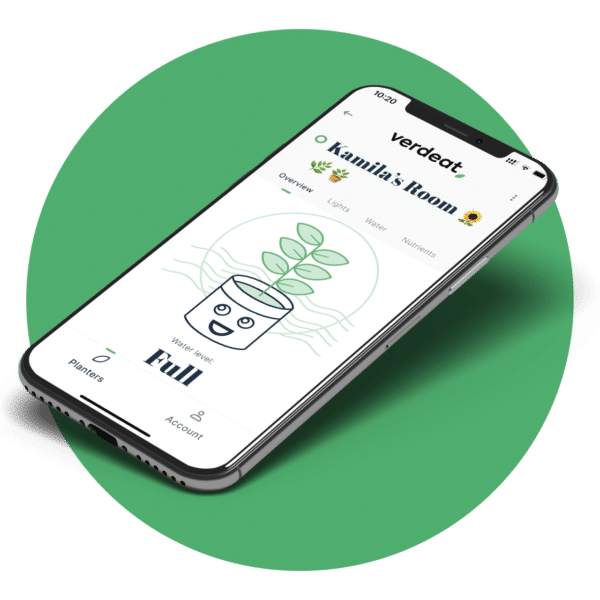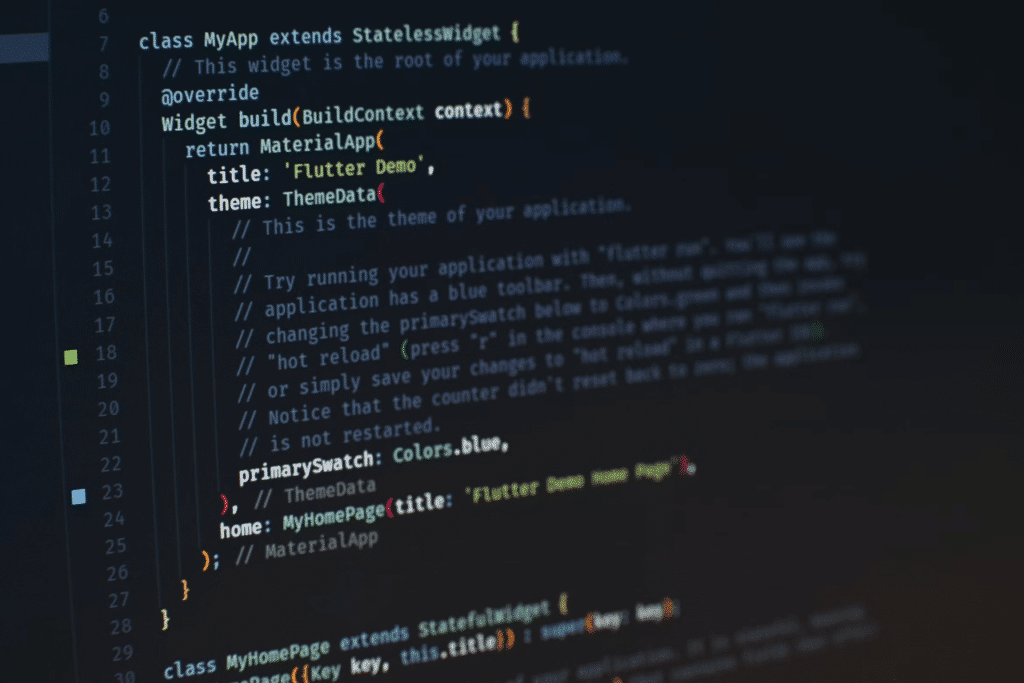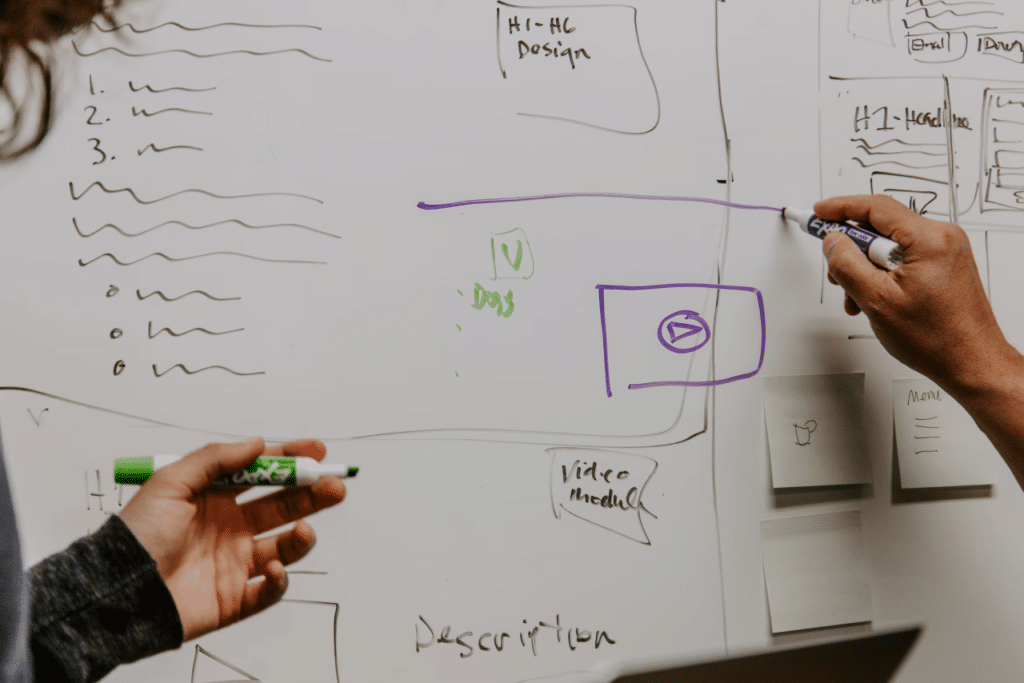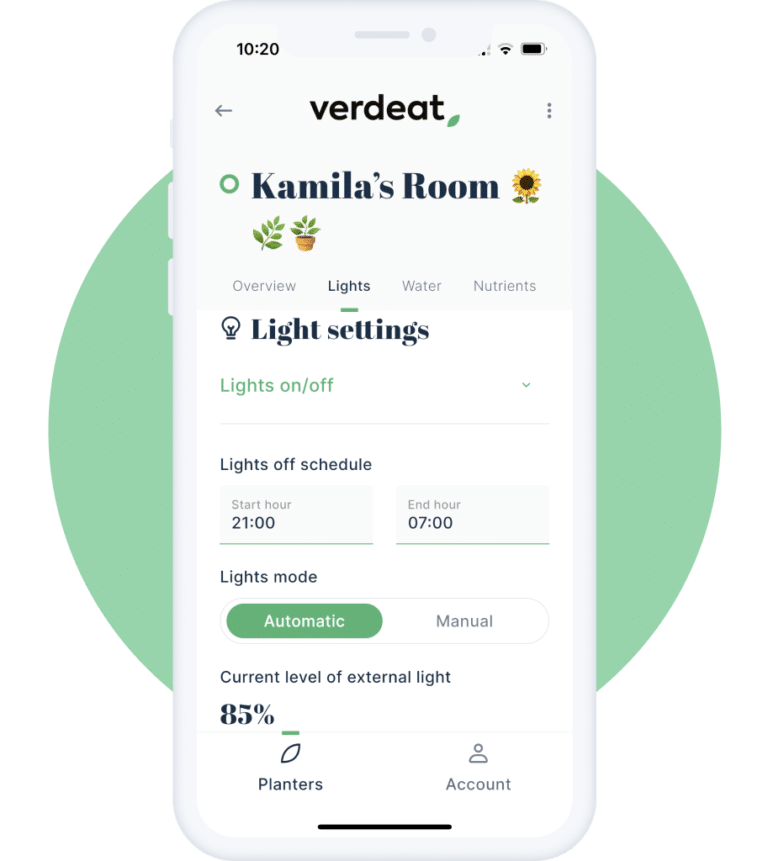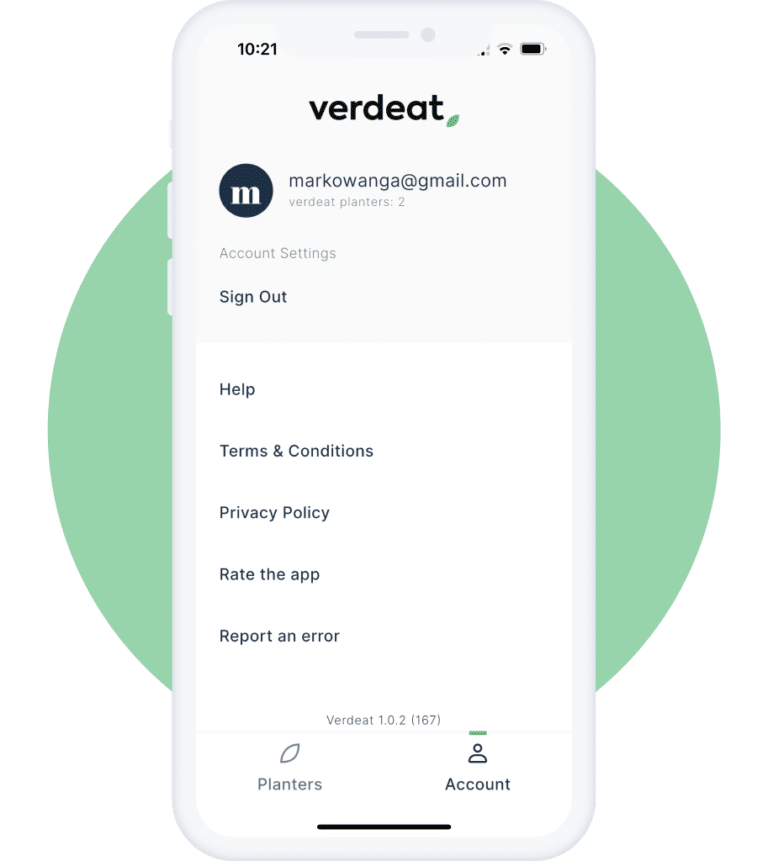The previous (not our) version of the Verdeat App failed to provide stability, scalability, or communication with other system components.
The effectiveness of the Verdeat system is guaranteed by: the application, the hydroponic device, and servers ensuring communication. A standalone Verdeat garden would need constant tending. The mobile solution lets users remotely control the plants’ well-being. Push notifications inform about the need for direct interaction. Verdeat Home Garden wishes to let customers communicate with the device via the app. The previous system version didn’t ensure that. The system was unstable due to improper handling of server instances, thus causing communication and scalability limitations as well as problems with sign-ups and updates.
Verdeat Home Garden customers already had a different version of the Verdeat App as well as fully functioning Verdeat devices. This meant working with an existing user base – we had to transition the users between applications. We also had to implement the solution on operating devices without interruptions. Our tasks went far beyond tackling only the Verdeat App. Deviniti’s new goal was to ensure the application’s stability and scalability, including the ease of using the hydroponic gardens. We had to introduce changes to the entire Verdeat system and rewrite the application with appropriate technology.

